Climate Change Resilience
The impact of climate change is prompting a reevaluation of irrigation practices, thereby influencing the Sprinkler Irrigation Systems Market. As weather patterns become more unpredictable, farmers are seeking irrigation solutions that can withstand extreme conditions. Sprinkler systems offer flexibility and adaptability, allowing for efficient water distribution even in drought-prone areas. Recent studies indicate that regions adopting advanced sprinkler systems have reported a 30% increase in crop resilience during adverse weather conditions. This adaptability is crucial for ensuring food security in the face of climate challenges, positioning the Sprinkler Irrigation Systems Market as a vital component in the agricultural response to climate change.
Technological Innovations
Technological advancements are transforming the Sprinkler Irrigation Systems Market, leading to more efficient and user-friendly solutions. Innovations such as smart irrigation systems, which utilize sensors and data analytics, are gaining traction among farmers. These systems allow for precise water application based on real-time soil moisture levels, thereby reducing water wastage. The market for smart irrigation technologies is expected to grow significantly, with estimates suggesting a compound annual growth rate of over 15% in the coming years. This shift towards technology-driven solutions indicates a broader trend within the Sprinkler Irrigation Systems Market, where efficiency and sustainability are becoming increasingly intertwined.
Rising Agricultural Demand
The Sprinkler Irrigation Systems Market is experiencing a surge in demand due to the increasing need for efficient agricultural practices. As the global population continues to grow, the pressure on food production intensifies. Farmers are increasingly adopting sprinkler irrigation systems to enhance crop yields and optimize water usage. According to recent data, the agricultural sector is projected to grow at a rate of approximately 3.5% annually, driving the need for advanced irrigation solutions. This trend indicates a shift towards more sustainable farming practices, where water conservation is paramount. The Sprinkler Irrigation Systems Market is thus positioned to benefit from this rising agricultural demand, as farmers seek innovative technologies to meet their production goals while minimizing resource consumption.
Government Initiatives and Subsidies
Government initiatives play a crucial role in shaping the Sprinkler Irrigation Systems Market. Various countries are implementing policies and providing subsidies to promote efficient water management practices among farmers. These initiatives often include financial assistance for the installation of sprinkler systems, which can significantly reduce the initial investment burden on farmers. For instance, certain regions have reported a 20% increase in the adoption of sprinkler irrigation systems due to government-backed programs. Such support not only encourages the use of modern irrigation technologies but also aligns with broader environmental goals, making the Sprinkler Irrigation Systems Market a focal point for sustainable agricultural development.
Growing Awareness of Water Conservation
There is a growing awareness of water conservation among farmers and agricultural stakeholders, which is significantly impacting the Sprinkler Irrigation Systems Market. As water scarcity becomes a pressing issue in many regions, the need for efficient irrigation solutions is more pronounced. Sprinkler irrigation systems are recognized for their ability to minimize water usage while maximizing crop productivity. Recent surveys indicate that approximately 70% of farmers are now prioritizing water-efficient technologies in their operations. This shift in mindset not only supports sustainable agricultural practices but also drives the demand for advanced sprinkler systems, reinforcing the importance of the Sprinkler Irrigation Systems Market in addressing global water challenges.



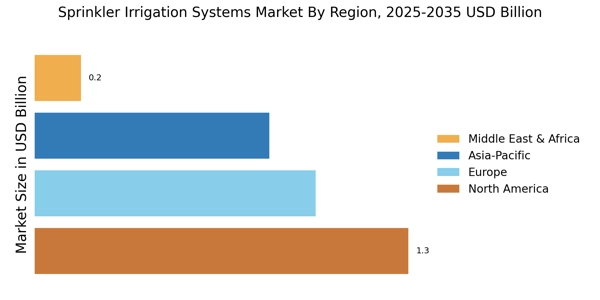
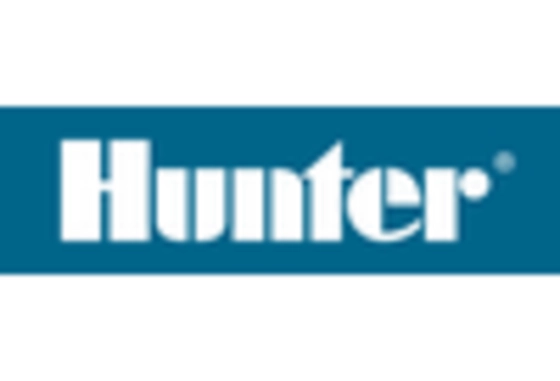
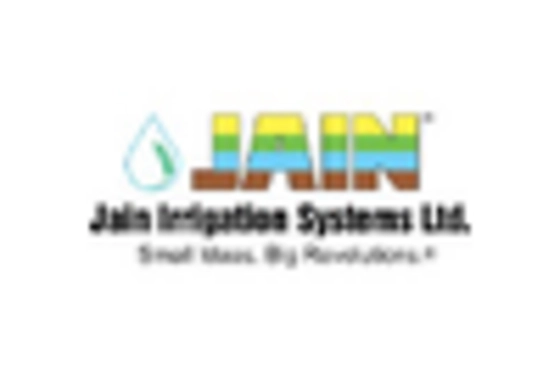
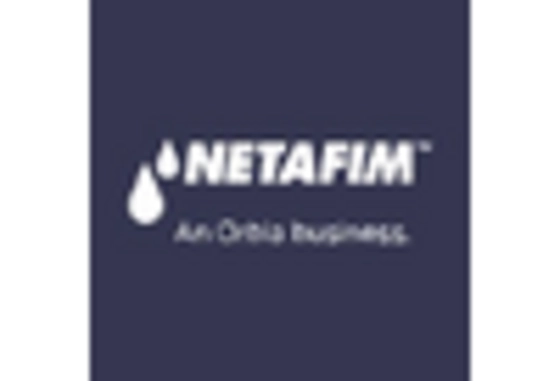
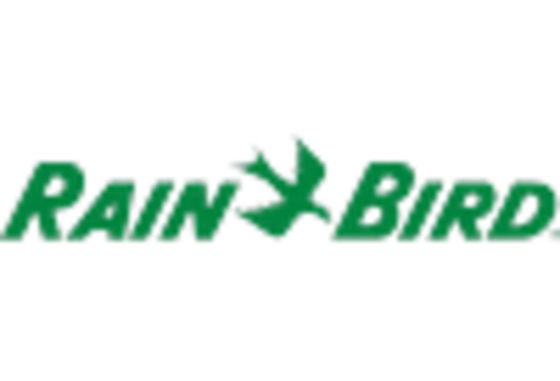










Leave a Comment